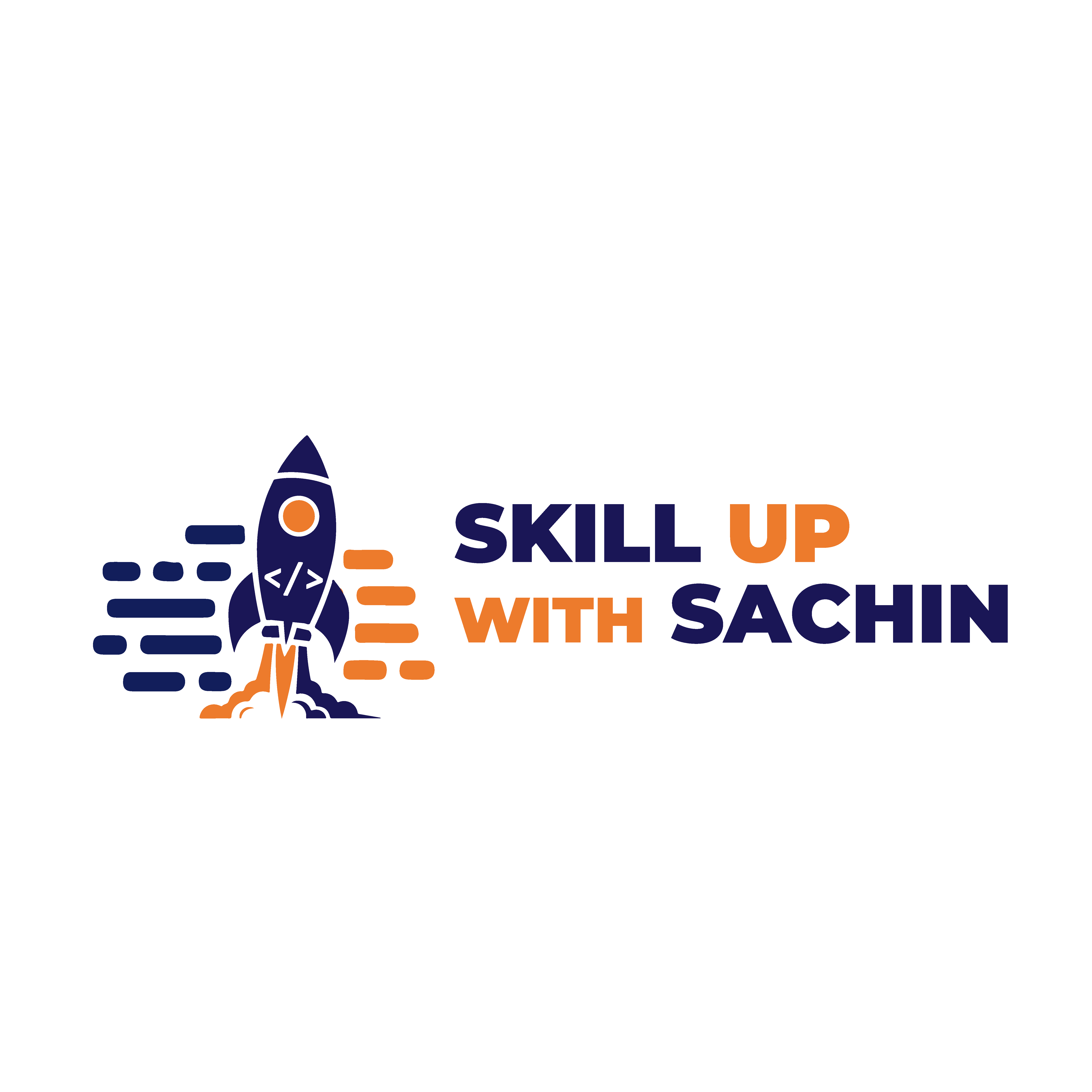Unlocking Developer Productivity with DevPod: The Ultimate Open-Source Dev Environment Solution

As developers, we’re always on the lookout for tools that simplify our workflows, enhance productivity, and provide flexibility in our development environments. Enter DevPod—an open-source marvel that promises to revolutionize the way we manage our development containers. Whether you’re working locally or leveraging the cloud, DevPod brings the magic of dev containers to any infrastructure, empowering you to write and run code seamlessly. What is DevPod? DevPod is an open-source tool designed to launch development containers on any available infrastructure, be it local Docker daemons, Kubernetes, AWS, GCP, Azure, or several other cloud providers. This flexibility means you’re no longer tied to managed services like Codespaces or Gitpod to experience the full benefits of dev containers. Key Features of DevPod DevPod Architecture How DevPod Works DevPod uses a provider model similar to Terraform’s. Providers determine how and where your workspaces run, making it possible to develop on virtual machines, Docker containers, Kubernetes clusters, and more. Here’s a brief overview of the provisioning process: Types of Providers Providers in DevPod are categorized into four types: Advantages Over Hosted Services Compared to hosted services like GitHub Codespaces, JetBrains Spaces, or Google Cloud Workstations, DevPod stands out with several advantages: The Kitchen Analogy: Understanding DevPod To understand DevPod better, let’s use a kitchen analogy. Imagine a professional kitchen where each chef has everything they need to prepare their dishes to perfection: Potential Challenges While DevPods offer numerous benefits, they also come with their own set of challenges: Real-Life Example: Developing a Web Application Imagine a team developing a web application. Each developer has their own DevPod, pre-configured with necessary tools and dependencies. Developer A works on the frontend, Developer B on the backend, and Developer C on database integration. They work in isolated environments, ensuring their changes don’t affect others until they’re ready to merge. Getting Started with DevPod To learn more about DevPod, visit devpod.sh. For installation instructions, head over to GitHub. If you have questions, join the DevPod channel on Slack. Conclusion DevPod is poised to change the way we manage development environments, offering flexibility, control, and efficiency. By using DevPod, development teams can work more efficiently, maintain consistency, and scale effortlessly—just like a well-organized kitchen where each chef has everything they need to prepare their dishes to perfection. Join the DevPod revolution today and experience the future of development environments! #devops #devpods #containers #devcontainers
Learn Docker with me in few hours : All About Docker

Are you looking for Docker session ? Dive with me into the Docker world with this series which talks about Docker, Docker Images and containers along with the real-time projects. From understanding Docker’s core concepts to practical insights, this series will equip you with the knowledge to harness its potential. Subscribe now for a deep dive into the exciting realm of Docker! Don’t miss out – click the link to watch and level up your tech expertise. Docker is a powerful platform designed to simplify and streamline the process of developing, shipping, and running applications. It does this by leveraging containerization, a lightweight form of virtualization, which allows developers to package applications along with all their dependencies into a single container. These containers can then be deployed on any Docker-enabled host, ensuring consistency across various environments. Core Concepts of Docker 1. Containers vs. Virtual Machines: Containers are often compared to virtual machines (VMs), but there are significant differences. Unlike VMs, which virtualize hardware, containers virtualize the operating system. This makes containers much lighter and faster to start. They share the host OS kernel, but each container operates in isolation with its own filesystem, processes, and network stack. This results in more efficient use of system resources and better performance. 2. Docker Images: A Docker image is a lightweight, standalone, and executable package that includes everything needed to run a piece of software, including the code, runtime, libraries, environment variables, and configuration files. Docker images are the basis of containers, and they are built using a file called a Dockerfile, which contains a series of instructions on how to construct the image. 3. Docker Containers: Containers are instances of Docker images. When you run a Docker image, it becomes a container. These containers are isolated environments where applications can run without interference from other processes or applications on the host machine. Containers can be easily started, stopped, and deleted, making them extremely flexible and manageable. Benefits of Docker 1. Consistency Across Environments: One of the biggest challenges in software development is ensuring that an application works consistently across different environments (development, testing, production). Docker solves this by encapsulating all dependencies and configurations into a single container, ensuring that the application behaves the same regardless of where it is run. 2. Efficient Resource Utilization: Containers are more efficient than virtual machines because they share the host system’s kernel and do not require a full OS. This allows more containers to be run on the same hardware, reducing overhead and improving performance. 3. Simplified Deployment: Docker makes it easy to deploy applications by providing a simple, consistent environment. With Docker, you can package your application and its dependencies once and run it anywhere. This is particularly useful in a microservices architecture, where each service can be containerized and deployed independently. 4. Version Control and Rollbacks: Docker images are versioned, which allows you to track changes, roll back to previous versions, and manage different versions of your application easily. This is a significant advantage in continuous integration and continuous deployment (CI/CD) pipelines. Practical Insights into Docker 1. Dockerfile: A Dockerfile is a text file that contains all the commands needed to build a Docker image. The Dockerfile starts with a base image (such as ubuntu or node), and then you can add your application code, install dependencies, and set environment variables. Here’s a basic example of a Dockerfile for a Node.js application: 2. Docker Compose: For more complex applications that involve multiple containers (e.g., a web server, a database, and a caching layer), Docker Compose is an invaluable tool. Docker Compose allows you to define and run multi-container Docker applications using a YAML file (docker-compose.yml). This file defines the services, networks, and volumes required for the application. Here’s an example of a simple Docker Compose file: 3. Docker Hub: Docker Hub is a cloud-based repository where Docker users can store and share Docker images. You can find official images for popular software, such as databases, web servers, and programming languages, as well as community-contributed images. Docker Hub simplifies the process of finding and using images for your projects. The video series you provided promises to delve deep into these topics, offering both theoretical knowledge and practical insights. By following the series, you will gain a solid understanding of Docker’s core concepts and how to apply them to real-world scenarios. From creating Dockerfiles and managing containers to deploying applications using Docker Compose, this series is a comprehensive guide to mastering Docker. To maximize your learning experience, it’s highly recommended to subscribe and stay updated with each episode, as the content is structured to gradually build your expertise. Don’t miss this opportunity to dive into Docker and enhance your tech skills—click the link, start watching, and get ready to level up your Docker knowledge!


